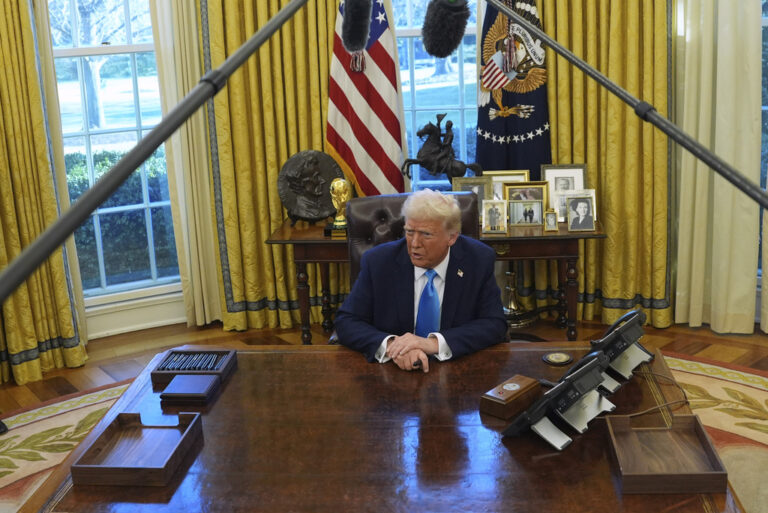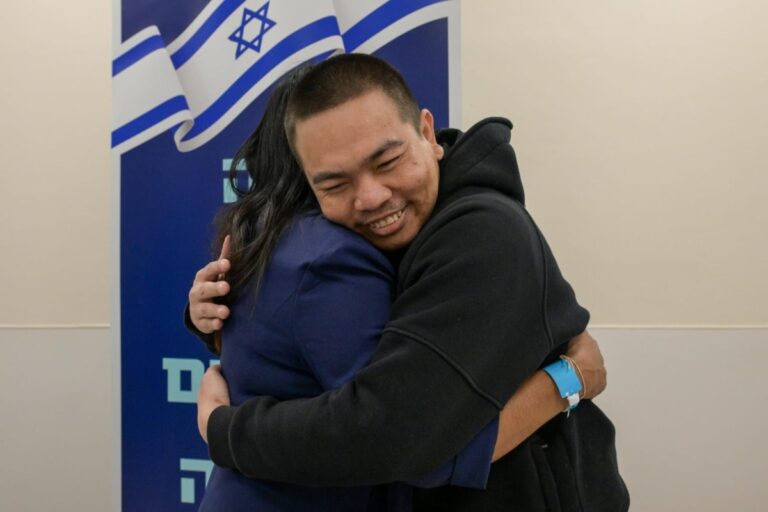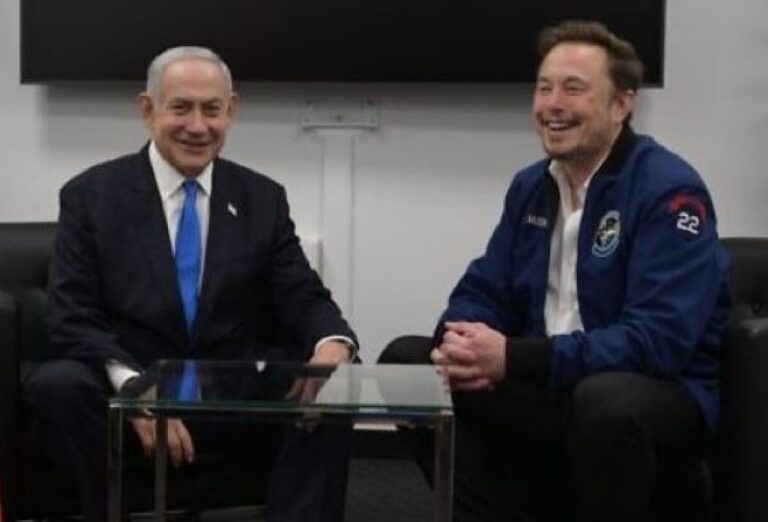Researchers from University of Texas M.D. Anderson Cancer center and Rice University combined two technologies in order to fight cancer in rabbits.
The findings were published online by the journal Cancer.
Dr. Steven Curley, an M.D. Anderson surgical oncologist and the paper’s senior author, said Thursday that he hopes this method tried successfully on rabbits “will be a very useful tool to safely and efficiently treat a lot of types of cancer.”
His research was based on using nanotubes heated by radio waves to kill cancer cells.
The nanotubes are part of a family of carbon molecules named fullerenes, and they were discovered by Rick Smalley who had been awarded for this with 1985 Nobel Prize.
The other technology, targeted radio waves, is a recent discovery of John Kanzius, an M.D. Anderson leukemia patient and retired Pennsylvania radio and television station owner. After diagnosed with leukemia and suffering from chemotherapy, Kanzius thought that it must be a better way to fight the cancer and he might able to find it. He used his knowledge as radio engineer and developed in his garage a radio-frequency generator. He brought his discovery to Dr. Steven Curley with the suggestion that copper should be used as target agent.
But Curley and his team preferred to use carbon nanotubes. The result was astonishing. They injected directly the rabbits’ tumor with a solution of single-walled carbon nanotubes, and then they exposed the targeted area to two minutes of radio frequency treatment. The cancer cells’ membranes, protein and even DNA were destroyed 100 percent by this localized hyperthermia.
Officials from the American Cancer society found this discovery truly useful, but they mentioned that still there is need for further study and it will take at least five years before this method will be tried on humans.










